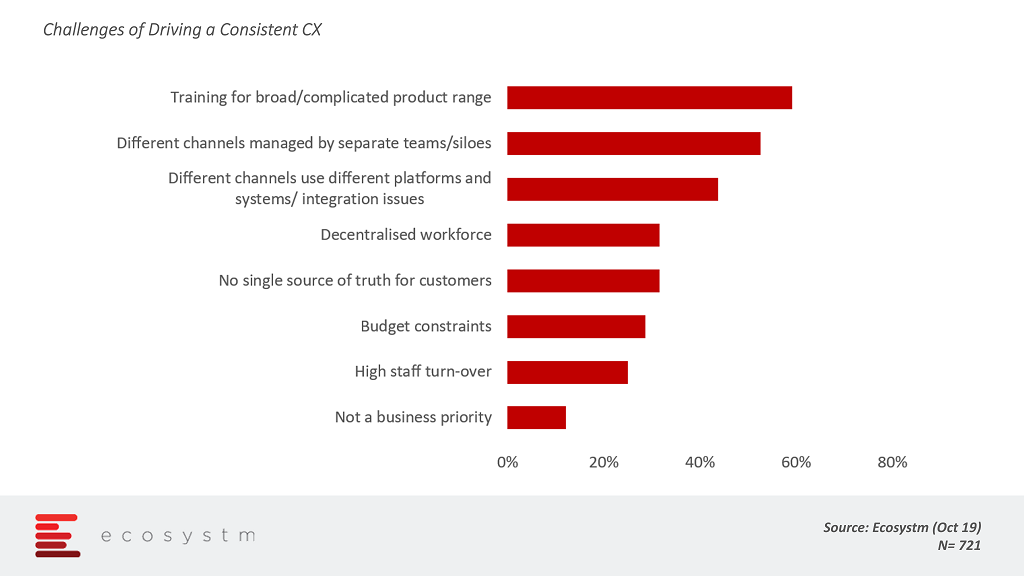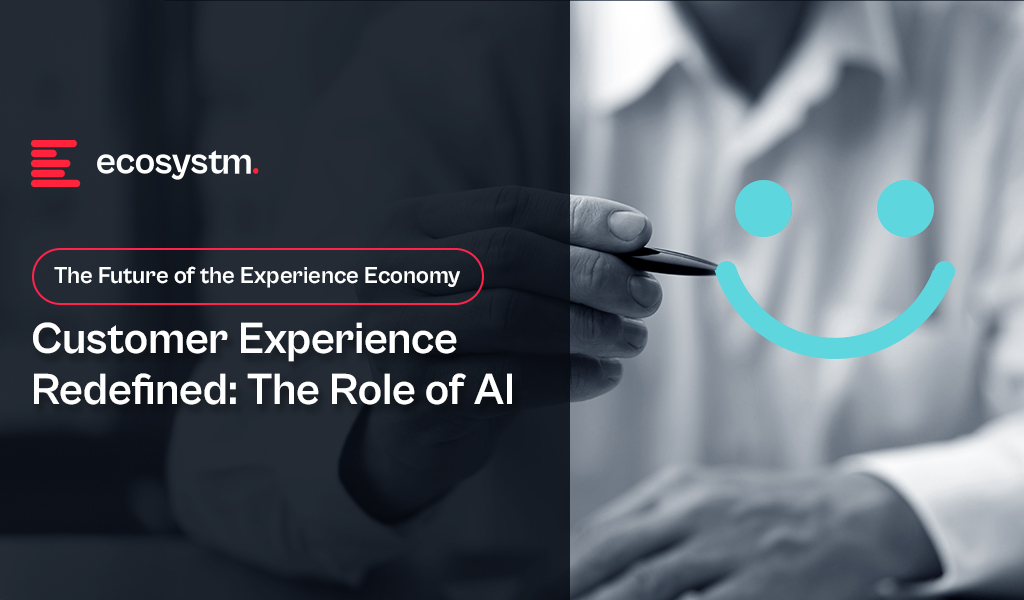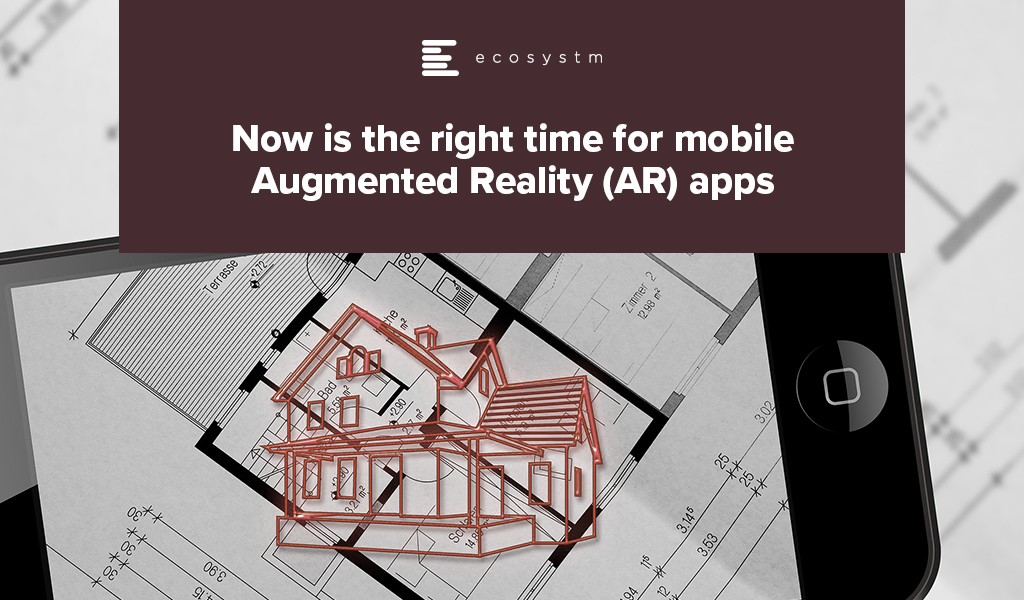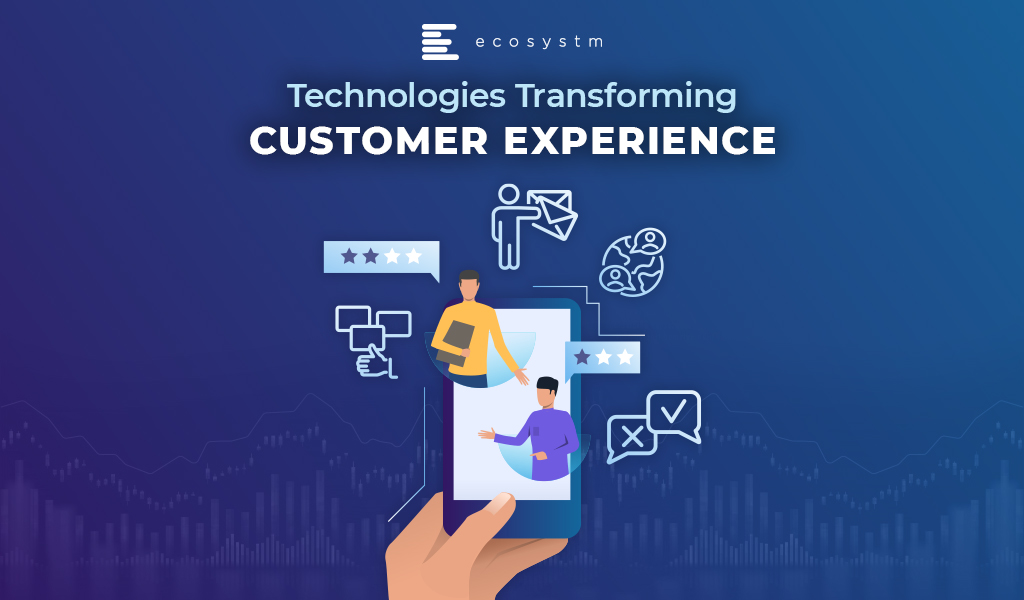The impact of AI on Customer Experience (CX) has been profound and continues to expand. AI allows a a range of advantages, including improved operational efficiency, cost savings, and enhanced experiences for both customers and employees.
AI-powered solutions have the capability to analyse vast volumes of customer data in real-time, providing organisations with invaluable insights into individual preferences and behaviour. When executed effectively, the ability to capture, analyse, and leverage customer data at scale gives organisations significant competitive edge. Most importantly, AI unlocks opportunities for innovation.
Read on to discover the transformative impact of AI on customer experiences.
Click here to download ‘Customer Experience Redefined: The Role of AI’ as a PDF

Uniphore, a provider of Conversational Automation solutions, has announced their intention to acquire Jacada, an Israel-based autonomous customer experience solution provider. Jacada’s low-code/no-code platform will help Uniphore solve complex contact centre challenges using AI and automation. Jacada’s strengths include a low-code optimised interface and AI-enabled contact centre capabilities leading to automation across agent and customer engagements, enhanced knowledge-based guidance for agents and end-to-end analytics and insights.
Jacada has been in the market for around three decades and over time they have built various unified desktop and process optimisation products including RPA for customer service and support.
The acquisition follows Uniphore’s USD 140 million Series D funding round led by Sorenson Capital Partners in March 2021. Earlier this year, Uniphore acquired Emotion Research Lab to add AI and machine learning video capabilities that identify the emotion and engagement levels over video-based communications.
Growing Importance of Agent Assist Solutions
With agents facing pressure in offering customers satisfactory outcomes and at the same time having to manage the high volume of inbound transactions, Agent Assist solutions are high on the agenda for organisations. Remote working has made things even more complex where agents are cut off from their supervisors and not able to walk up to them to seek guidance. These “immediate challenges” have not yet been addressed in every contact centre even a year after the crisis. This presents a good opportunity for Uniphore to own the front and back-office integration piece. The back-office integration segment has become increasingly important as there is a need to fulfill customer requests by ensuring the conversation thread with back-office systems is followed through and communicated back to the agent. This need was heightened during the pandemic due to delays in product arrivals, in shipments, and other delays and miscommunication.
The big challenge also lies in making Agent Assist help the agent perform better and not make their lives more stressful! The design element of Agent Assist is critical. The solution must fit well into the other systems and applications such as CRM, Knowledge Management, and Speech Analytics. You don’t want another solution being pushed on to the agents when they are under pressure to meet customer demands during a 15-minute call.
Conversational Automation and Agent Assist must be evaluated carefully as you are integrating the solution into multiple environments with the clear objective of ensuring that agents only get the right information, in a manner that makes sense for them and at appropriate intervals.

The Growing Importance of Low-code No-code (LCNC)
As contact centres focus on business agility and pivoting fast to cope with sudden market shifts, organisations will benefit from moving programming closer to the contact centre – requiring very little assistance from IT teams.
Having a LCNC platform will now allow Uniphore to build front and back-office experiences in a multi-vendor environment. The need to use intelligent APIs to build workflows is high on the agenda and it helps eradicate the costly efforts and time spent on developers to further extract and build new capabilities at speed.
Jacada has been pushing their value proposition on RPA and Conversational Automation for some time now and this blends well with where Uniphore is going with AI and Automation in the contact centre space. The acquisition will also give Uniphore access to other contact centre technologies that will help them to compete better with a wider range of solutions. With the challenges in managing the agent experience, we can also expect the Workforce Experience Management (WEM) segment to play an important role and intersect with Agent Assist to manage and elevate the agent experience.

Scenario one: I have two friends in their late 50s, home on quarantine in the UK. As they need exercise, it is a wonderful time for them to update their old Nordic cross-track system. They eyeballed the website, thought it was the same footprint and weight as the existing one that was upstairs in their home and placed the order.
The delivery man left the 100kg+ package next to their doorstep doing social distancing properly. Not only is it not portable but had to be constructed piece by piece in their living room as they could not carry the bigger parts up the stairs.
Scenario two: Friends who are seasoned travelers with wandering feet want to go travelling once quarantine is over. They want to go to a resort in Cabo San Lucas, but they cannot find a good travelogue of experiences and dining options at the resort other than Yelp or TripAdvisor with very two-dimensional reviews.
As you can see from the recent article in The Times, a number of people are taking this time to plan where they want to go.
These are two examples of why now is the time for implementing a mobile AR app solution.
Invest Now in AR
At this moment you have a captive audience with more time on their hands than normal, and eager to consume. And many are building home offices or making medium-term travel plans and need more than what a flat website experience offers them.
So now is the time for investment in augmented reality mobile apps. How many firms are seeing this and what has been their experience?
Based on the tech buyer feedback from the ongoing global Ecosystm Mobility Study:
- Only about 1% of organisations have a mobile AR app, with another 5% evaluating it in 2020
- Average current implementations tend to look at a CapEx spend of about 45% – however, those who are planning to implement a mobile AR app expect to pay about 53% CapEx
- 7 out of 10 organisations say that implementation cost was less than US$10,000
- 8 out of 10 organisations say the implementation took more than 3 months (with 4 out of 10 saying it took 6 months to a year)
Extending to digital experience
Traditional print publications already understand the need to extend the digital experience for readers. The New York Times has been rethinking how it can connect the print and digital reading experiences. In partnership with Google Lens, smartphone users can access additional information online that corresponds to the print version of their New York Times Magazine. In the next three months, all New York Times Magazines will have some features that are Google Lens-enabled.
It is a great moment for both product and experiential marketers to be taking advantage of time at home by using an augmented reality mobile apps to bring the product into the home or home office, and the experience to life in your own kitchen or living room. And in return, getting great real-time feedback on what customers are looking for.
We’ve all seen the demo of the IKEA mobile app on where to place your couch. But product location placement is missing from any number of key categories. This is including computer monitors and TVs, as well as office furniture and professional lighting equipment for that better quality of video con-call.
What other kinds of market engagement uses are there?
Packaging links to AR
Create custom “trackers”, either printed or on-screen icons, when scanned with a white labeled app to trigger a video or a 3D model overlaid on the real world. Design a scannable package with customer experience in mind and include tracking engagement and sharing links. Set up an AR trigger based on a packaging feature and invite the customer to scan the same with their phones. Note that you can also add AR as a feature into your existing Android or IOS app. Dependency on dedicated app or app plug-ins is gone. Brands can now leverage the potential offered by augmented reality using just a URL. Users can open the URL in any mobile-based browser and augment interactive digital content on their camera view.
Reverse product placement
As the opposite of how locations tried to link to Pokemon Go, your product could be an element in a popular Augmented Reality game. It could attract new customers who would link to more AR provided information on the product.
Weather as a factor
These types of apps can show what the weather may be like at a location. Possible app usage for showing residential real estate. It could show impact in a flood zone as to how much water may enter the area. Or it can warn people on urgent physical issues.
Practical advice before consumption
Too much time on your hands and hate your hair? See what the color will look like before you make a hair color mistake. Perhaps more AI than AR. Note that right now you may be able to buy hair dye. But you will likely not have access to the person who can repair any mistakes you make at this point. Think carefully.
Final Thoughts
Now is this time to engage bored consumers and eager potential users. Take advantage of what this uncertain time can bring to your firm. Use Augmented Reality as a benefit to create value and content stickiness for your customers.
Brands are not built overnight, and today’s customers tend to regard a brand’s worth by the innovativeness of the products and services and by the customer experience (CX). CX is by no means a new concept but has gained significance and organisations focus on ways to stand out from the competition and drive deeper engagement with their customers. In today’s ‘Experience’ economy CX is key to attracting new customers and retaining the ones the firms already have and cuts across the entire organisation – vertical marketing, strategy, product development or technology. Every business today needs to ‘delight’ its customers – offer a substandard experience and your brand might not survive long.
The global Ecosystm CX study discovered that improving CX is a key business priority for over 70% of organisations across industries – even in industries that are not considered customer-focused. These organisations were also asked why driving a consistent CX was challenging.

The key challenges boil down to managing the different stakeholders within the organisation – giving visibility and knowledge on all product offerings; managing the siloes created by each department and; in the end not being able to provide customers with one single source of truth. While many of these challenges are business-related, technology can be a key contributor to enhancing CX.
Technologies that can help you improve CX
There are many technologies that allow organisations to provide better CX, but the key to these technologies is how they collect, classify and provide actions on customer data. This is where AI comes into the picture, and why AI is at the heart of many CX offerings, making sense and aiding in the decision making around customer data.
AI-Enabled IoT
AI-enabled IoT devices are helping to enhance Customer Experience. The sensors in IoT devices such as wearables or personal assistants produce data which can be processed to derive useful insights, activity patterns and develop personalised communication. AI is improving the ability to take IoT generated data to personalise and customise actions and communication. For example, customers in gyms and fitness clubs can share their wearables data with their fitness trainers to customise their exercise routine and provide dietary recommendations.
Similarly, cars can be embedded with sensors which assess the users’ driving habits. This can then be used to suggest improvements to driving style or adjust insurance premiums based on how they drive.
Progressive Insurance, for instance, offers its customers discounts based on their driving through its “Snapshot” program. Progressive is using its usage-based-insurance (UBI) telematics programme to monitor how its car insurance customers drive. Using an ODB telematics dongle and machine learning, the insurer is able to judge how a driver is performing on each journey.
Location-Based Targeting
With location-based tracking technology and GPS systems on smartphones and devices, more businesses are working to enable and provide geo-location services to customers. This presents opportunities to offer personalised shopping experiences and customised promotions and offers to the customers. Businesses are already using geo-location services to extend offers to customers – such as cinemas and theatres pushing notifications on movie timings and available discounts when customers are in the vicinity.
Location-based services also help to enhance the actual shopping experience. Lowe’s has an app which allows their customers to navigate the large warehouse-like stores, helping them find products faster and easier. The app called The Lowe’s Vision: In-Store Navigation app works using a combination of VR and location-based services.
Customer-Centric AR and VR
AR and VR technologies are enhancing the way customers engage with businesses. Companies adopting AR/VR can distinguish themselves from the competition by introducing higher touchpoints and deeply personalised experiences designed specifically for their customer journey. The retail industry has been at the forefront when it comes to experimenting with AR and VR technologies, in the customer space. Retailers have rolled out applications and services that lets consumers virtually try makeup, clothing, accessories and seek out the best look for them.
Financial institutions are also leveraging AR and VR to build customer-centric solutions for self-service and user training. Citibank worked with a mixed reality technology company to develop a trading platform combining 2D and 3D working environment to extrapolate insights from data. Traders work with hundreds of financial instruments, and with the mixed reality workstation, they can quickly identify market hotspots that they should be focusing on. The consequences – better trades!
The hospitality industry is also leveraging AR to improve CX, AR-based menus is a good example. Various fine dining restaurants have started offering AR based food menus which can display virtual food items and live 3D models of food to accurately represent both the appearance and the serving portion.
Obviously, the entertainment industry will leverage mixed reality to the fullest. For instance, The New York Times leverages VR for storytelling where readers can visualise the events described in some editions of the newspaper. The technology thus allows the description of the setup of a story making the viewers witness an emotional connect with the characters.
Voice capabilities for a seamless experience
With the advent of digital voice assistants and voice recognition AI, voice recognition has opened up avenues and opportunities for businesses to enhance the way customers interact with them whether through mobile apps or their call centres.
Nowadays, voice-capable apps enable customers to interact with services very easily. A good example is Starbuck’s My Barista app, which allows customers to order via voice command or messaging. The coffee chain expanded its application by incorporating voice features to boost speed and convenience for placing and processing orders.
In conclusion, implementing technologies in a business could help businesses change the way the customers see and respond to a business. In addition to this, Improving customer service and using technologies can significantly reduce human inaccuracy, improve employee confidence and rapidly improve the character of a brand. By bridging the gap between a company and its client’s, businesses are becoming CX oriented and are dedicating themselves to enhance CX.
Besides the above, which technologies do you think are beneficial in enhancing your CX?
Let us know in your comments below.















